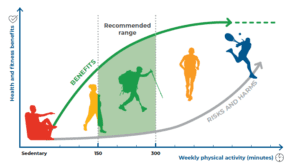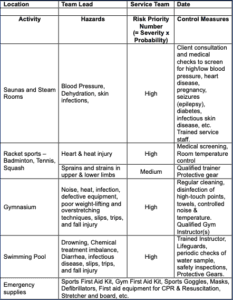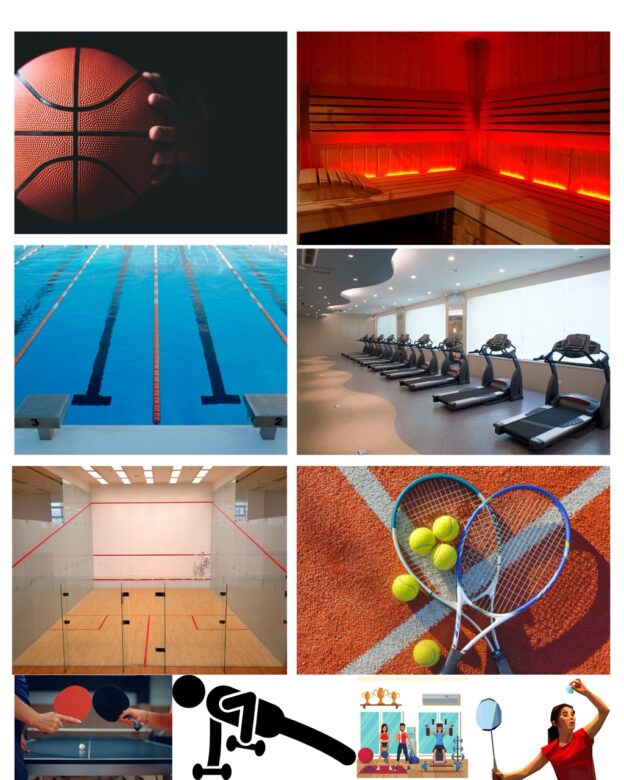1. Scoping, Context, and Criterion –
Sedentarism and Health Effects (source: World Health Organisation)
• There is high certainty evidence that higher levels of physical activity are associated with lower risk of all-cause mortality, cardiovascular disease mortality, cancer mortality, cardiovascular disease incidence, and incidence of hypertension and type-2 diabetes, with no increased risk of harm.
• There is moderate certainty evidence that physical activity of any duration is associated with improved health outcomes and prior specification that aerobic activity should be performed in bouts of at least 10 minutes duration should be removed.
It is recommended that:
Adults should limit the amount of time spent being sedentary. Replacing sedentary time with physical activity of any intensity (including light intensity) provides health benefits.
To help reduce the detrimental effects of high levels of sedentary behaviour on health,
adults should aim to do more than the recommended levels of moderate to vigorous intensity physical activity.
WHO recommended a range of weekly activities for adults (18 to 64 years)

The Facilities Management team is responsible for ensuring a safe environment for everyone. They must address potential risks and hazards associated with amenities such as high-speed sports, saunas, and swimming pools. This is an important aspect of facilities management that should be noticed.
They should consider the type and usage of the facility, business objectives, local legal statutes, and codes of practice. Property managers can create a positive and productive work environment by implementing operating procedures that comprehensively address employees’ safety and health risks.
2. Risk Monitoring & Review
![]()
The risk analysis and evaluation must incorporate at least three risk aspects associated with specific fitness amenities.
1. Common potential risks due to ‘Negligence of Participants’, ‘Negligence of Service Provider’, and ‘Equipment defect(s)’.
2. Non-compliance with legal statutes and codes of practice applicable in the region.
3. Legal liability exposure of Service Providers
The FM team must take the following key steps to ensure the safety and well-being of employees participating in the amenities:
– Before joining and at regular intervals, conduct thorough medical screenings to identify and treat underlying health conditions.
– Hire a professional service team to operate and maintain the Sports Centre to ensure its clean environment and safety for patrons.
– Equip the amenities with adequate emergency tools to deal with any emergencies that may arise, including head and neck injuries, heat illness, asthma, and sudden cardiac distress.
– Conduct regular risk assessments and inspections by a professional team to identify and mitigate potential hazards before they become a problem.
– Obtain comprehensive insurance coverage to protect against professional liability and ensure peace of mind for everyone involved.

3. Recording & Reporting
As part of the record-keeping procedure, all participants should sign a contract acknowledging the code of conduct, accountability, and the available options for treating identified risks. Regular updates on safety inspections, incidents, and necessary preventive measures must be recorded and reported to stakeholders.
4. Communication and Consultation
Creating a culture of wellness among employees is crucially dependent on establishing an open and constructive communication channel with the senior management team. A consultative process should always be followed to ensure transparency and objectivity of the wellness program.

